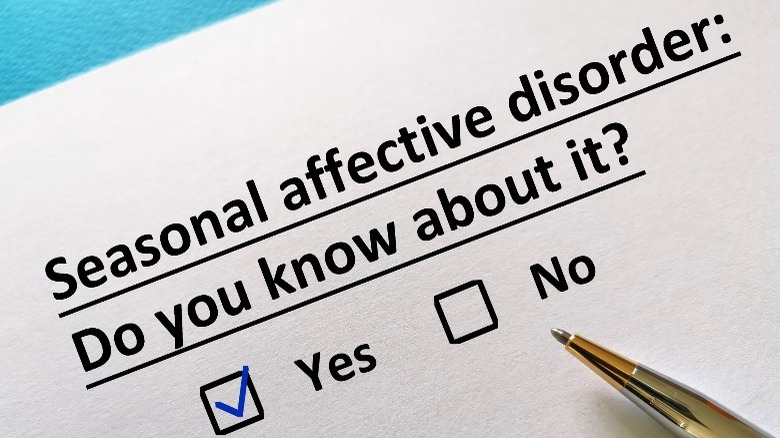“Spring fever” has had multiple meanings, and the symptoms have changed since the term first appeared in America in the 1850s. If you were diagnosed with spring fever back then, Atlas Obscura uncovered a dictionary entry that described your predicament as “a listless feeling caused by the first sudden increase of temperature in spring.” Other publications in the late 19th century defined spring fever as a clogged feeling in the body and a feeling of discontent caused by a lack of ease in the body and the mind. However, by the time the 20th century rolled around, medical professionals decided that spring fever was a fictitious condition.
Yet, at the same time doctors dismissed spring fever and its symptoms of malaise, they acknowledged a change in behavior during springtime. Interestingly, they pointed to opposite dispositions, such as a happy absent-mindedness and a desire to play and avoid school or work (via Atlas Obscura). Today, health experts have more scientific information about what spring fever is really all about.
Spring fever affects people differently

Whether or not spring fever is a real thing depends on the person, according to clinical psychologist, Ayanna Abrams, Psy.D. Abrams tells MindBodyGreen that no matter the prompt, whether it is spring fever or something else, the moods and feelings that people say they are experiencing is real to them.
While spring fever is not a phenomenon that doctors diagnose medically, health experts agree that the onset of spring may help to alleviate the sense of heaviness coinciding with seasonal affective disorder (SAD) that you may feel during the cold, dark winter months, Abrams explains. On the flip side, others with spring fever may report that they feel a sense of restlessness and a spike in energy that makes it difficult for them to focus. Changes in sleeping patterns are also not uncommon as the temperature gets warmer and evenings become longer due to daylight saving time.
Bottom line: If you feel a meaningful shift in your mood when spring comes along, it is entirely plausible that you are experiencing real symptoms due to the change in season. So go ahead and attribute it to spring fever.